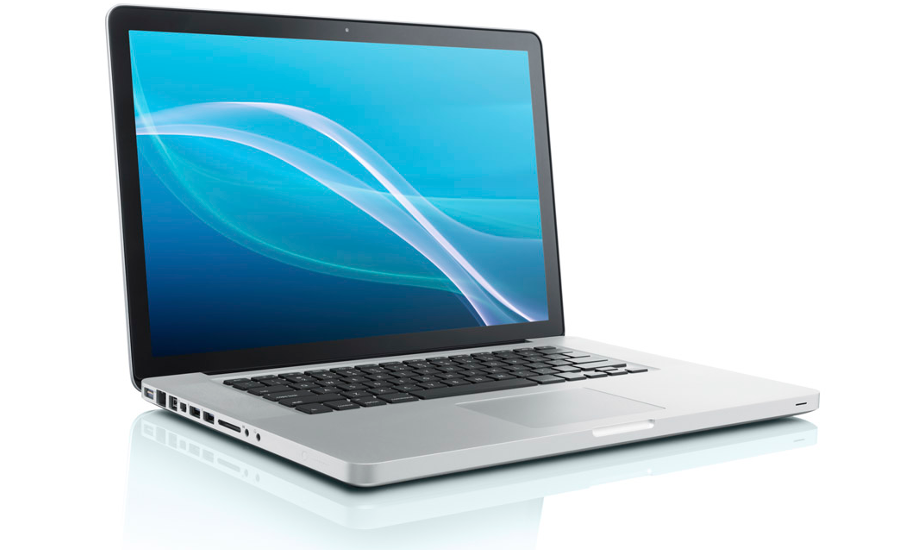Computer simulation helps manufacturer improve safety, health

How do manufacturing companies know the best and safest way to design workplaces and assign tasks? Ideally, injuries and illnesses should be prevented, but historically companies have adjusted their workplace policies, practices and procedures after an injury or illness occurred.
In a NIOSH-supported study at the University of Iowa’s College of Public Health, researchers tested the role of computer simulation in promoting workers’ well-being by designing safer work. Known as digital human modeling, the simulation can help predict behavior and hazards and evaluate work design, without putting workers at risk or creating costly physical mock-ups.
Researchers partnered for one year with a manufacturing company to examine digital human modeling in a real-world setting, according to the study published in the journal IISE Transactions on Occupational Ergonomics and Human FactorsExternal. The company manufactures window and door assemblies with about 400 hourly workers, and has a safety program that includes daily facility walkthroughs and task evaluations performed by the safety manager.
Using a commercially available software, researchers simulated seven distinct work tasks to identify risks for musculoskeletal diseases and develop and evaluate workstation designs to reduce risks. They also looked at the connection between non-work-related risks such as body mass index (BMI) and work-related tasks. For example, based on low-back injury reports, the company wanted to find out the maximum load their manual material-handling carts should hold. These carts were typically used to carry window glass and when fully loaded approached a weight of 1134 kg. After taking into account measurements and estimates of force, digital human modeling suggested a far lighter load of 227 kg. The company used these results to update its training procedures and cart-loading recommendations. The company also used digital human modeling to redesign workstations.
Researchers found that digital human modeling could help identify work-related risks, especially in scenarios that are difficult to assess with traditional approaches. This approach aligns with the first step of the NIOSH Hierarchy of Controls Applied to Total Worker Health, by eliminating working conditions that negatively impact safety and worker well-being. Although these results are promising, more research is necessary to understand additional uses and barriers for using digital human modeling to prevent work-related injuries and illnesses.
More information is available:
- Digital Human Modeling in the Occupational Safety and Health Process: An Application in ManufacturingExternal
- Healthier Workforce Center of the MidwestExternal
- NIOSH Total Worker Health® Program
- NIOSH Centers of Excellence for Total Worker Health®
- NIOSH Healthy Work Design Program
- NIOSH Science Blogs on Technology
Looking for a reprint of this article?
From high-res PDFs to custom plaques, order your copy today!






